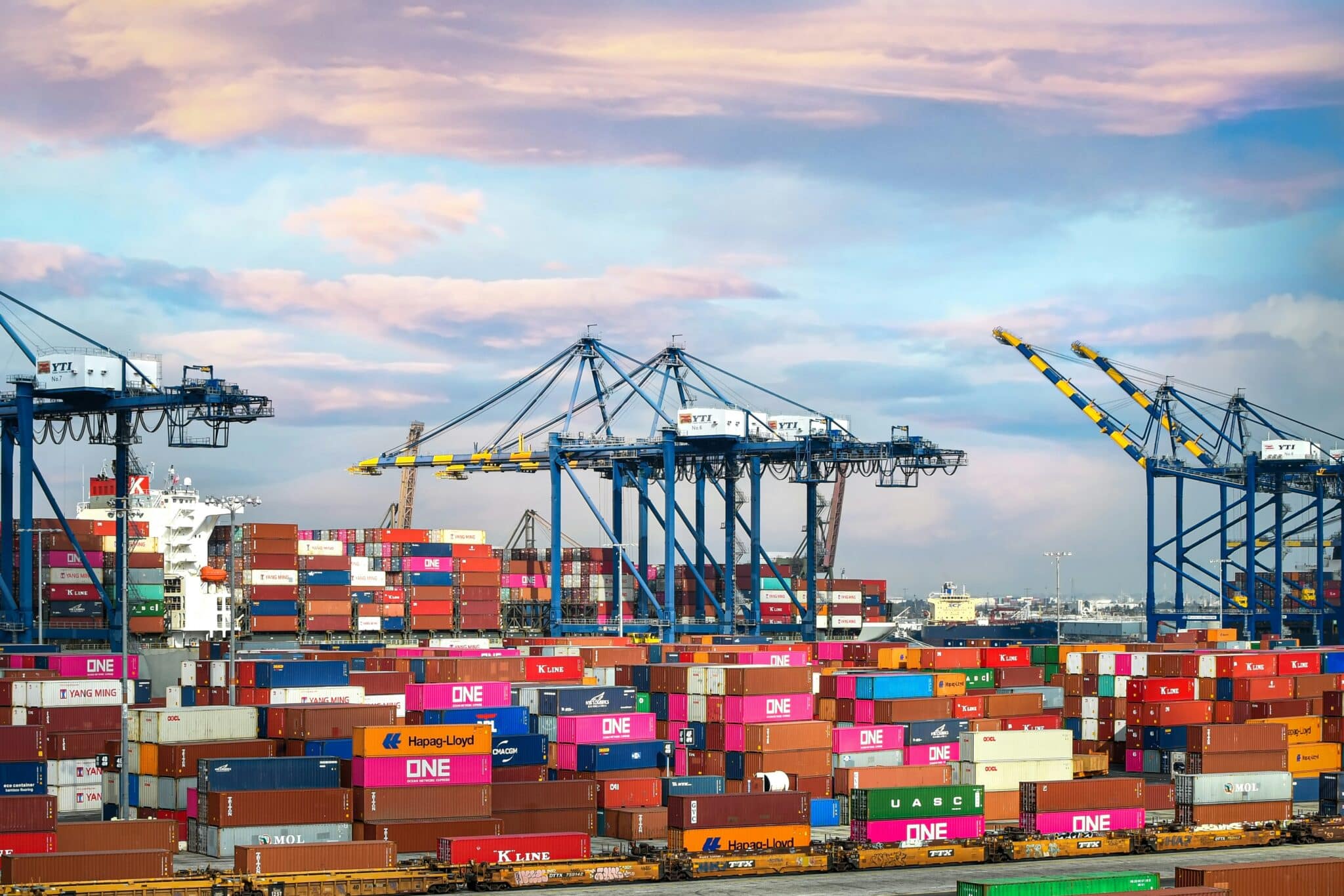If managing inventory can be challenging at the best of times, it can be debilitating at times of local and international disruption.
Manufacturers, distributors, retailers, and other companies that deal with household products, cosmetics and toiletries, office supplies, paints and accessories, electronic components and products – all need to understand the timing, quantity, location and total costs of their goods as well as the supply chain agility and flexibility to maintain service levels in the face of fluctuations in supply and demand.
2020 and 2021 have delivered all 5 points of the perfect storm:
- Disruption makes forecasting a nightmare
- Suppliers become unreliable
- Cash-flow challenges
- Product Desirability / Availability and Product life-cycle
- Customer Behaviour
The FT in August referenced research from the CBI showing manufacturer’s stock adequacy was at its lowest level in their records, which stretch back decades, as were stock levels in relation to expected sales across retail and distribution.
Reproduced from FT.com
Economists predict this disruption will continue well into 2022. But challenging times create driving forces for change and improvement.
Even small improvements in inventory management can have a significant impact on performance and provide a sound platform for competitive advantage as adverse conditions clear.
From a people perspective, supply chain planners are more strategically important than ever. The Most Valuable Player will be the member of the team enabling the rest to work faster, better and create more value.
Planners who are working smarter not harder are enabling their organisation to get ahead of the recovery curve. Here are some steps we recommend:
Start with the forecast
History is no longer a guide to what will happen next in the absence of correlative data. So trends need to be monitored and understood – statistical forecasting needs to adapt to the underlying patterns at a granular level. The team need to be able to think through what might be happening and make intelligent predictions about what might happen next. They need the ability to run scenarios and use the insight these generate to guide policies and be prepared.
Focus on service
After the forecast has been adjusted, you’ll need to adjust the service levels accordingly. These service decisions are influenced by competitors as well. Evaluate what they are doing – client collaboration is essential.
Increase supplier collaboration
During a crisis like this, everybody is hurting at all points of the supply chain. Talk to suppliers and understand their action plan. Provide visibility to your supply plan and collaborate to adjust the plan where needed and take corrective action. For example, extended customs delays may mean some suppliers will require extra lead time to deliver. You may also consider alternative suppliers.
Free people from tasks that can be automated
All of the above involves people applying their creative and innovative decision-making and relationship building qualities. To get the best from their human qualities, get technology to take the strain with the mundane and repetitive tasks.
During a major crisis, planning for the usual is impossible. To weather the storm and be among the survivors, planners must take the lead and be agile, responsive and resourceful. Those who come through intact will be better prepared to benefit as the prevailing conditions improve.





